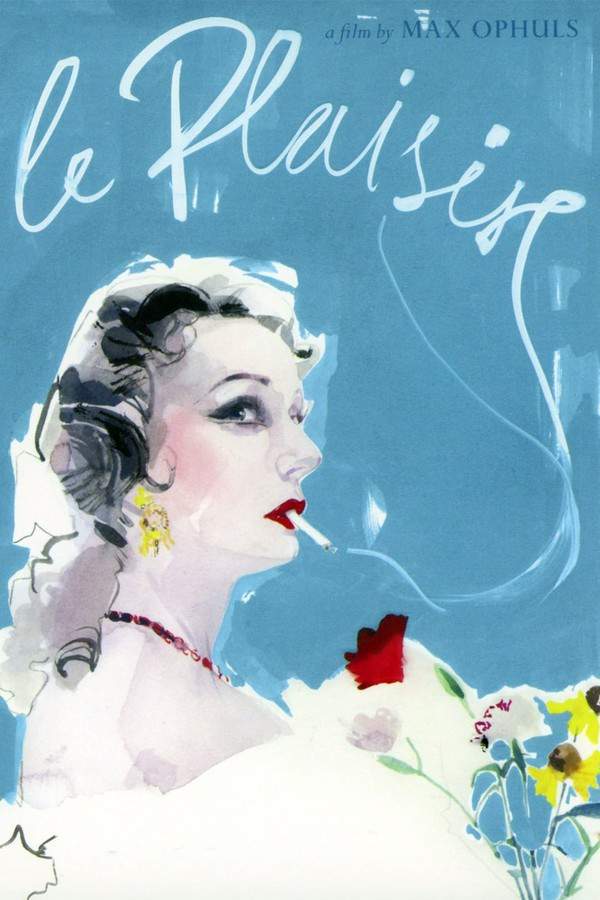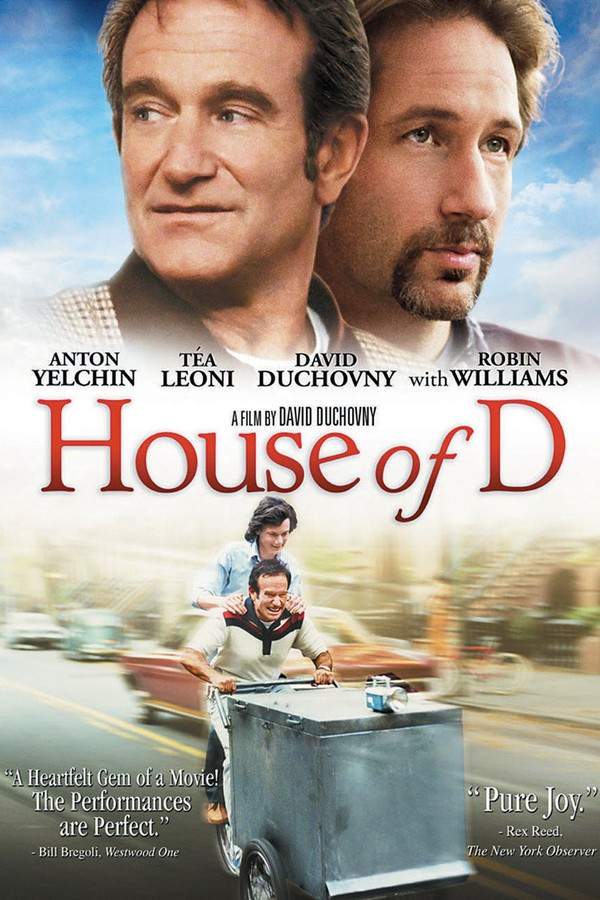
House of Pleasures 2011
Directed by

Bertrand Bonello
Made by

Sundance Selects
Test your knowledge of House of Pleasures with our quiz!
House of Pleasures Plot Summary
Read the complete plot summary and ending explained for House of Pleasures (2011). From turning points to emotional moments, uncover what really happened and why it matters.
This claustrophobic film, also known as L’Apollonide Souvenirs de la maison close, provides a candid and unexploited portrayal of life in an elegant Parisian brothel during the years 1899 and 1900. It powerfully illustrates that la belle époque was not as beautiful for the women as it was for their affluent patrons, even though it might have been preferable to wandering the streets or toiling in a sweatshop.
The movie is meticulously crafted to convey the oppressive, hypocritical atmosphere of haute-bourgeois decor, the obsessive eroticism that dismisses genuine desire, and the languid, almost timeless essence that renders each day indistinguishable from the last. The film offers a wealth of details on various aspects of life, including money, cosmetics, hygiene, sexually transmitted diseases, theatrical performances, and the authentic camaraderie that forms among the women. This rich tapestry of life lends the film a documentary-like quality.
However, a striking conclusion provides a stark contrast, showcasing modern-day women who engage in prostitution in present-day Paris, waiting on the streets for passing drivers. It delivers a powerful message that “plus ça change, plus c’est le même commerce,” indicating that despite the passage of time, the circumstances for these women haven’t changed significantly.
Perhaps the film’s most shocking moment features a once-beautiful, now-abused prostitute who envisions her client’s sperm transforming into tears streaming down her face, encapsulating the profound pain within the narrative. This haunting imagery leaves a lasting imprint, reminding viewers of the deeper emotional and social struggles that the women face.
House of Pleasures Timeline
Follow the complete movie timeline of House of Pleasures (2011) with every major event in chronological order. Great for understanding complex plots and story progression.
Introduction to the Brothel
The film opens with a vivid portrayal of a Parisian brothel, set in the elegant and oppressive atmosphere of 1899. It highlights the contrasting lives of the women who work there and the affluent patrons who frequent the establishment.
The Women’s Lives
The narrative delves into the daily lives of the women, showing their struggles and the harsh realities they face. It emphasizes that their existence, while surrounded by luxury, is laden with emotional scars and societal judgment.
The Atmosphere of Hypocrisy
As the story unfolds, the film captures the oppressive ambiance of the brothel, filled with haute-bourgeois decor. The hypocrisy of the patrons is exposed, revealing how their obsession with eroticism overlooks the women’s genuine needs and desires.
Exploration of Daily Life
The film meticulously illustrates various aspects of the women's lives, including the importance of money, cosmetics, and hygiene. These details serve to deepen the viewer's understanding of the societal context and pressures surrounding these women.
The Shadow of Disease
Amidst the glamorous facade, the women contend with the threat of sexually transmitted diseases. This reality adds a layer of danger to their daily lives, emphasizing the toll taken on their health and emotional well-being.
Camaraderie Among the Women
The film captures the authentic camaraderie that develops among the women in the brothel. They support each other in the face of adversity, creating a bond that serves as a refuge from their harsh reality.
The Performances
The women engage in theatrical performances, showcasing their talents and providing an escape from their grim realities. These performances reflect both their resilience and the artistry that still flourishes amidst oppression.
The Haunting Vision
One of the most striking moments in the film is when a once-beautiful prostitute reveals her traumatic visions. She imagines her client's sperm transforming into tears, symbolizing the deep emotional pain she endures throughout her experience.
A Shift in Time
Towards the conclusion, the film juxtaposes the lives of women from 1899 with those of present-day prostitutes. This shift starkly illustrates how the fundamental challenges and experiences of women in prostitution remain largely unchanged over the decades.
The Streets of Modern Paris
In contemporary scenes, women are depicted waiting on the streets of Paris for passing drivers. Their struggles evoke a sense of continuity, reinforcing the idea that despite societal progress, the exploitation and challenges faced by these women persist.
The Cycle of Exploitation
The film delivers a powerful message encapsulated in the phrase 'plus ça change, plus c'est le même commerce.’ This highlights how, despite the passage of time, the exploitation and hardships faced by women in the sex trade have remained persistent.
Reflections on Modernity
The film concludes with a retrospective contemplation on how the lives of women have evolved yet remain tethered to a history of exploitation and struggle. This reflection serves to provoke thought about societal attitudes towards sex work and women's rights.
House of Pleasures Settings
Learn where and when House of Pleasures (2011) takes place. Explore the film’s settings, era, and how they shape the narrative.
Time period
1899-1900
This period, known as 'la belle époque', is characterized by relative peace and economic prosperity in France, yet it is also marked by stark social inequalities. While the affluent enjoyed a life of luxury, many women, including those in the brothel, faced harsh realities and limited choices. The film highlights how this era, despite its glamorous facade, was not as beautiful for all, as it exposes the struggles faced by women during this time.
Location
Paris
The film is set in an elegant Parisian brothel during the late 19th century, which epitomizes the opulence and complexity of 'la belle époque'. While the city is often romanticized for its culture and beauty, this portrayal reveals the darker underbelly of societal expectations and the lives of women caught in the sex trade. The juxtaposition of lavish surroundings and the harsh realities of the women's lives paints a poignant picture of the time.
House of Pleasures Themes
Discover the main themes in House of Pleasures (2011). Analyze the deeper meanings, emotional layers, and social commentary behind the film.
💔
Suffering
The theme of suffering permeates the narrative, showcasing the emotional and physical toll that the life of a prostitute exacts on women. Through haunting imagery and poignant storytelling, the film illustrates the deep pain and social struggle faced by these women, contrasting their experiences with the decadence of their surroundings. It invites viewers to reflect on the enduring struggles related to gender inequality and societal expectations.
⏳
Timelessness
The film emphasizes the notion of timelessness, highlighting how the day-to-day lives of the women in the brothel are marked by monotony and despair. Despite the passage of more than a century, the struggles of women in the sex trade are still relevant today, as evidenced by the modern-day scenes that parallel the historical narrative. This theme urges viewers to consider how little has changed in the treatment of women over time.
💄
Beauty and Deception
The juxtaposition of beauty against the backdrop of suffering is a significant theme in the film. It critiques the glamorization of the lives of sex workers while unveiling the harsh realities they endure. The excessive focus on appearance, cosmetics, and decor masks the emotional turmoil and exploitation that lies beneath, prompting viewers to consider the cost of such beauty in a patriarchal society.

Coming soon on iOS and Android
The Plot Explained Mobile App
From blockbusters to hidden gems — dive into movie stories anytime, anywhere. Save your favorites, discover plots faster, and never miss a twist again.
Sign up to be the first to know when we launch. Your email stays private — always.
House of Pleasures Spoiler-Free Summary
Discover the spoiler-free summary of House of Pleasures (2011). Get a concise overview without any spoilers.
In the twilight of 19th‑century Paris, where gaslight and gilt mask a restless undercurrent, a modest clinic, a cramped studio, and an opulent house of pleasure sit side by side, each a microcosm of a society that trades its veneer of refinement for hidden yearning. The film opens on a city poised between the glow of progress and the shadows of its own conventions, its streets humming with whispered negotiations, perfume, and the rustle of silk. A palpable sense of confinement pervades the elegant interiors, suggesting that behind every polished surface lies a world both intimate and constrained.
The doctor arrives in the bustling quartier with a reserved demeanor, his precise hands and quiet observations contrasting sharply with the vibrant, sometimes chaotic, life that surrounds him. He carries the weight of professional duty while navigating the subtle, unspoken expectations of a class that values appearances above all else. Beside him, the artist burns with fervent creativity, his canvas a battlefield for desire and disillusion, his sketches capturing the fleeting moments of beauty and decay he witnesses in the very rooms the doctor frequents. Their interactions are marked by a magnetic tension, each drawn to the other’s hidden depths while remaining wary of the other’s secrets.
The brothel owner presides over a sanctuary of elegance that is simultaneously a marketplace of longing and survival. Her shrewd insight into the economy of desire makes the establishment a stage where performance and reality blur, and where the women who work there forge a fragile camaraderie amid the ever‑present specter of exploitation. Her command over the house is both protective and pragmatic, offering a glimpse into the mechanisms that sustain a seemingly glamorous façade.
Together, these three figures form a delicate triangle of observation, creation, and commerce, each probing the limits of what is permissible in a world that flaunts its sophistication while silently governing its most intimate transactions. The atmosphere remains hushed yet charged, inviting the audience to linger in the scented corridors, hear the muted murmurs of whispered confidences, and sense that beneath the polished décor lies a timeless drama of longing, power, and the quiet rebellion of those who exist in its margins.
Can’t find your movie? Request a summary here.
Movies with Similar Twists and Themes
Uncover films that echo the narrative beats, emotional arcs, or dramatic twists of the one you're exploring. These recommendations are handpicked based on story depth, thematic resonance, and spoiler-worthy moments — perfect for fans who crave more of the same intrigue.
Featured on this page

What's After the Movie?
Not sure whether to stay after the credits? Find out!
Explore Our Movie Platform
New Movie Releases (2025)
Famous Movie Actors
Top Film Production Studios
Movie Plot Summaries & Endings
Major Movie Awards & Winners
Best Concert Films & Music Documentaries
Movie Collections and Curated Lists
© 2025 What's After the Movie. All rights reserved.






